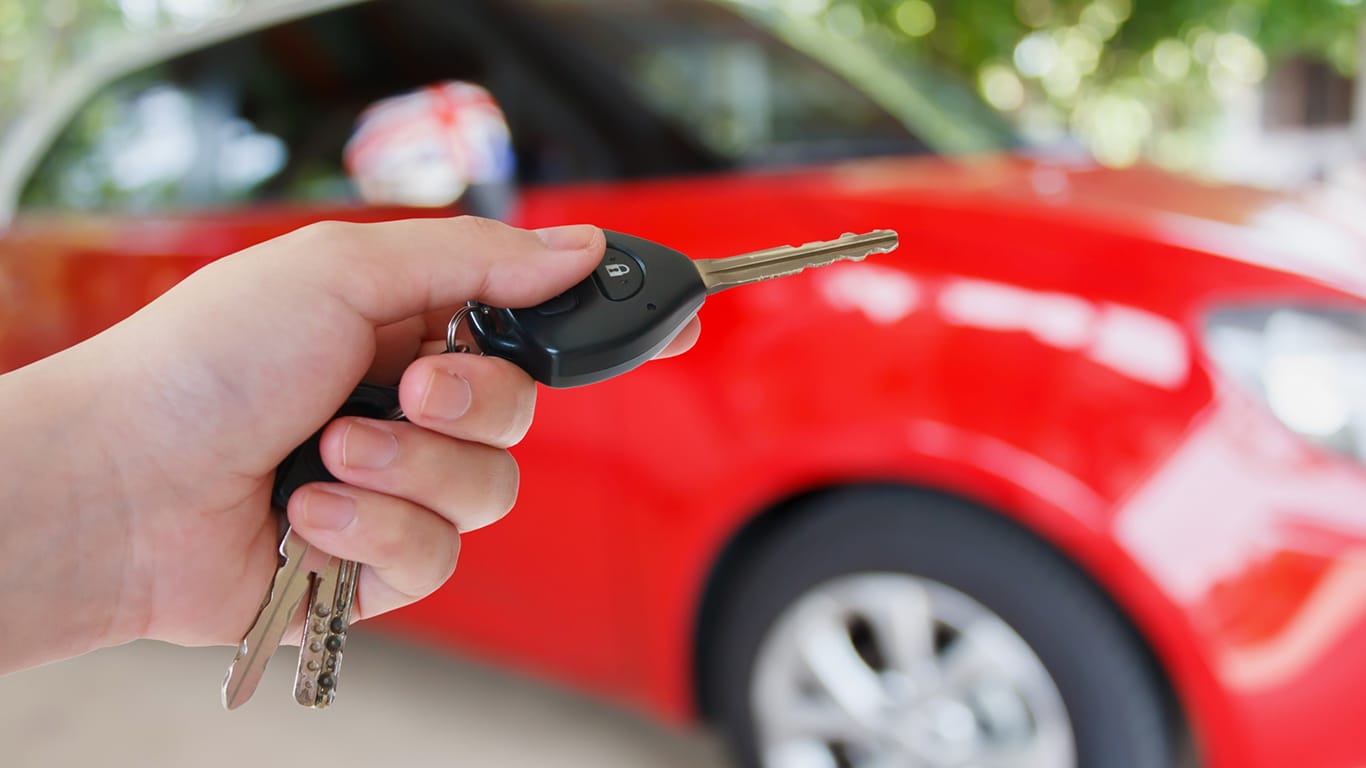Buying a used vehicle can be an excellent way to cut down on expenses and get value for one’s money. However, most times, the process is littered with pitfalls that even experienced buyers can easily fall into. Some unscrupulous sellers make attempts to sell off problematic vehicles in as sly a manner as possible, which often leaves you with either an expensive repair or a car that is unsafe to drive. One must therefore approach the process of buying with a lot of caution, knowledge, and a strategic plan in place so as not to be “winded round the seller’s finger.” This in-depth guide will equip you with the tools and insight necessary to make a smart, informed decision regarding the purchase of a used vehicle.
One of the most effective ways to protect yourself is by performing a thorough background check on the vehicle. Utilizing a VIN accident check is a crucial step in this process. The Vehicle Identification Number (VIN) is a unique code assigned to every vehicle, and it can reveal a wealth of information about the car’s past. By conducting a VIN accident check, you can uncover any reported accidents, title issues, mileage discrepancies, and more. This information is invaluable in assessing whether the vehicle has been well-maintained or if it’s hiding a troubled past.
For instance, VinInspect.com is a critical solution for people intending to buy a used vehicle. It provides detailed history reporting of the vehicle using the VIN number. Using VinInspect.com gives detailed information to the buyer concerning the accident history of the vehicle, the title status, the mileage readings, and previous ownership. Rich data aids it in gaining intelligence that helps buyers discover problems not traceable by mere ocular inspection or test drive. In essence, VinInspect.com arms buyers with the ability to make fully informed decisions, avoid expensive mistakes, and assure safety and reliability in prospective vehicles.
Inspect the Vehicle Thoroughly
Exterior Inspection
Start by making an accurate check of the car’s exterior. To this end, one should look for bodywork repairs indicated by uneven paint, mismatched colors, or gaps between the panels likely to denote undeclared accidents according to the seller. Look for rust spots, dents, and scratches that can have an influence on the general life of the car.
Interior Inspection
Move inside the vehicle. Check out what the seats, dashboard, and controls are looking like. Major wear may not be typical for the mentioned mileage, and this could be an example of ODM tampering. Switch on all electronics: lights, windows, air conditioning, infotainment systems.
Take a Comprehensive Test Drive
Remember, a test drive isn’t just about taking a car around the block a couple of times. It’s a chance to see if this car performs well. If possible, plan to take the car out onto city streets, highways, and hills to see how the car responds. Note how the car accelerates, braking, and through turns. Listen for odd noises from the engine, suspension, or braking system, as these can indicate deeper mechanical faults.
Professional Inspection by a Mechanic
Even if everything seems normal when you perform your own inspection and take it for a test drive, it makes ample sense to seek the services of a mechanic who can perform an expert diagnosis. Mechanics know how to identify issues that may not catch the average person’s eye: engine compression problems, transmission faults, or frame damage that is unseen. A basic cost charged for inspections can help save hundreds and maybe thousands of dollars.
Verify All Documentation
Make sure all the vehicle’s paperwork is valid and current. This typically includes the title, the registration, the vehicle service records. Being able to prove the seller’s identification matches the title will keep you from buying a potentially stolen car. Maintenance records are likely to provide insight into how well the car has been cared for in its lifetime.
Research the Vehicle’s Market Value
Knowledge is power in price negotiation. Employ popular tools like Kelley Blue Book or Edmunds to determine the average market value for the make and model you’re considering. Keep in mind the condition the car is in, the mileage, if there are extra features included, and if any damage has been reported. This gives you a base to understand whether the seller’s asking price is reasonable or inflated.
Beware of Pressure Sales Tactics
High-pressure sales are a warning signal. The sellers may indicate that there is another buyer who is interested, or the deal is only valid for a short period. Do not be threatened or intimidated by such tactics, and take your time. A good seller will respect the fact that decisions ought not to be made in haste.
Secure Your Own Financing
Having your financing arranged before going to purchase the used vehicle puts you in a better bargaining position. It bars a seller from tampering with the terms in a loan or adding hidden fees. Compare the rates of various lenders for the best deal.
Negotiate Effectively
With all your information in hand, get ready to negotiate. Be respectful but firm. Make an initial, lower offer based on any flaws you’ve uncovered and fixes that would need to be made. Be prepared for a seller to counteroffer; don’t be afraid to walk away if a deal isn’t right.
Conclusion
A used vehicle purchase requires due diligence and a proactive approach on the buyer’s part, lest he fall into the trap of unscrupulous sellers. Thorough checks, the use of tools, verification of documentation, and appropriate knowledge about common tricks or spurious tricks will save buyers from probable scams and costly mistakes. Remember, the time you invest in research and checking will save you from a whole lot of headaches thereafter. Be well-informed, stay wary, and you’ll get a pretty decent secondhand car that will suit your needs and budget.




